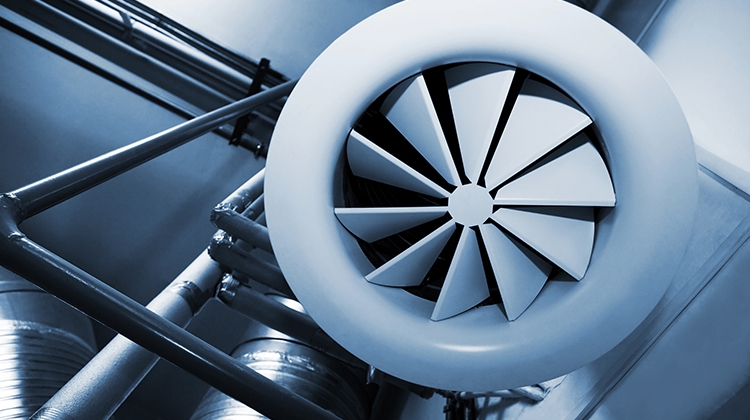What are the top three challenges for HVAC systems in pharmaceutical manufacturing facilities?
That’s a tough question, manufacturing facilities are evolving with the development of new therapies and new technologies, so a facility today may be very different from one 10 years ago. If I had to pick, I suppose I’d say:
- Understanding how cleanrooms work. The use of living cells and viruses to manufacture products has led to a proliferation of classified space. Many people still think that having the right number of air-changes is all they need to do to make a room clean. If you are up on cleanroom design and standards, you’d know that air-change rate has been debunked as a single critical parameter in cleanroom design.
- Understanding how air filters (especially HEPAs) work. I frequently hear people refer to a “pore size” for a HEPA filter, but that concept isn’t really applicable to air filters. If you understand the filter mechanics, it’s easy to explain that HEPAs offer good protection against tiny particles like viruses. Ironically, the pandemic has started to raise consciousness on this.
- Understanding the process. In manufacturing facilities, the process is everything. HVAC is the servant of the process, creating an environment that, at worst won’t degrade the quality of the product and, at best, contributes to the quality of the product. If the HVAC team doesn’t understand the process, you have no shot at supporting it.
How can you improve product protection through effective HVAC operations?
HVAC is tool for controlling the ambient environment around processes. Wherever a process is open to the environment the HVAC can directly impact product quality by controlling the migration of objectionable aerosols (e.g. viable and non-viable particles) that could become product contaminants.
Airflow patterns are a critical piece of the puzzle. Studying airflow patterns during design and qualification is essential to controlling the migration of aerosols and maintaining product quality.
What are the top tips to maintaining an "inspection ready" state?
Maintaining accurate and up-to-date schematic engineering and verification testing documentation is, to my mind, the single most important thing you can do to be “inspection ready”. If can demonstrate that you understand that your systems do, how they work, that they are working as intended, and how they contribute to the control of product quality, you’ve got a great start to an inspection.
Along these lines, maintenance is probably the second most important thing to have a handle on. Whether it’s preventive, predictive or true reliability centered maintenance, without a mechanism to assure that systems operate within acceptance criteria you just don’t have a state of control.
How can HVAC systems help with sustainability improvements in pharmaceutical manufacturing facilities?
HVAC consumes from 50-80% of the energy in a typical clean manufacturing facility. The more highly classified the space, the higher the percentage of energy use. So, HVAC is a major target for sustainability efforts. Failing to understand those three things I mentioned in the first question has led to hugely wasteful design practices. What’s more, the fallacies that surround cleanroom HVAC have resulting in people thinking that they have no choice, no way to reduce this waste.
The reality is that efficient and effective cleanroom HVAC go hand-in-hand. Some extra effort up-front can result in facilities that consume less energy, emit less carbon and cost less to operate than more traditional designs.
What are some key trends to watch for HVAC systems in the pharmaceutical industry?
- Primary / Secondary System Configuration – This configuration, which uses separate systems to condition outside air vs recirculation of return air is simply more efficient than the older central station or distributed AHU models.
- Automated Disinfection/Decontamination – The handling of higher biosafety products, more personalized medicines and the use of vectors has resulted in more frequent use of sporicides and other disinfection agents. Often, these agents are incompatible with common HVAC components. Designs need to consider the controls and specifications needed to accommodate disinfection.
- Adaptive Control – As environmental monitoring improves, the need to ventilate for control of the worst-case contamination event will dwindle. Systems will be able to respond to contamination events in real time. This has been coming for a while, but the first test systems have now been installed and over the next 5-10 years we will figure out how to make them reliable and how to regulate them.
Want to learn more about HVAC best practices and regulations for pharmaceutical manufacturing? Check out ISPE’s in-depth training HVAC & Environmental Control for Life Science Facilities and the ISPE Good Practice Guide: Heating, Ventilation, & Air Conditioning (HVAC).





